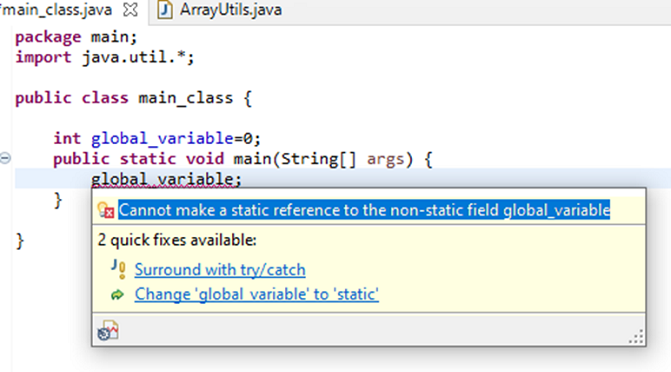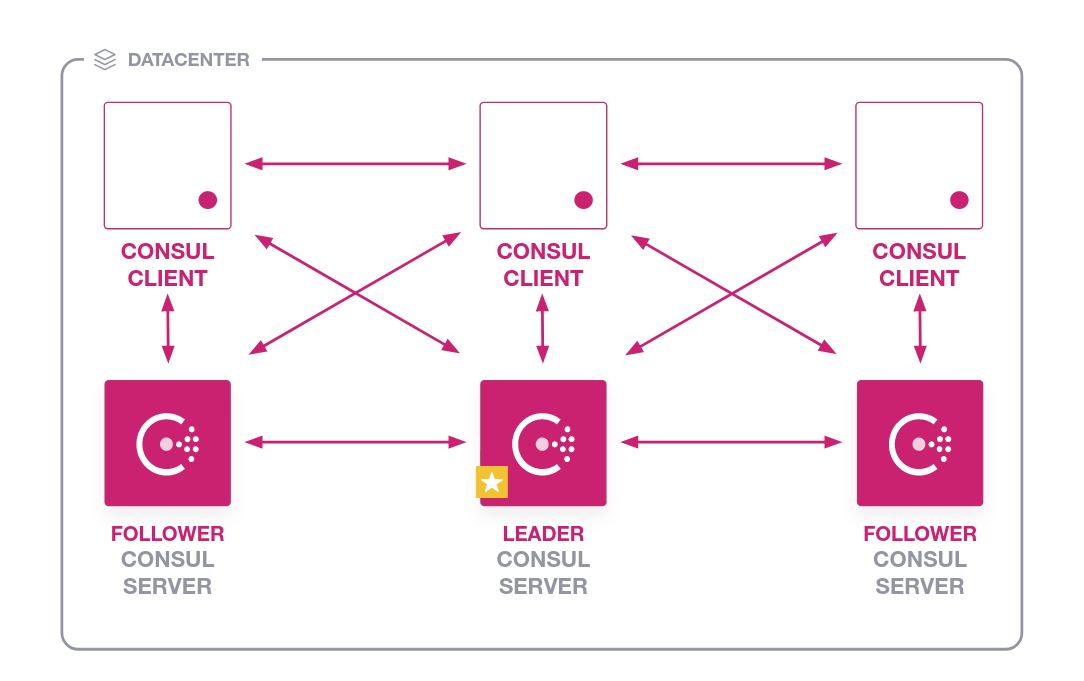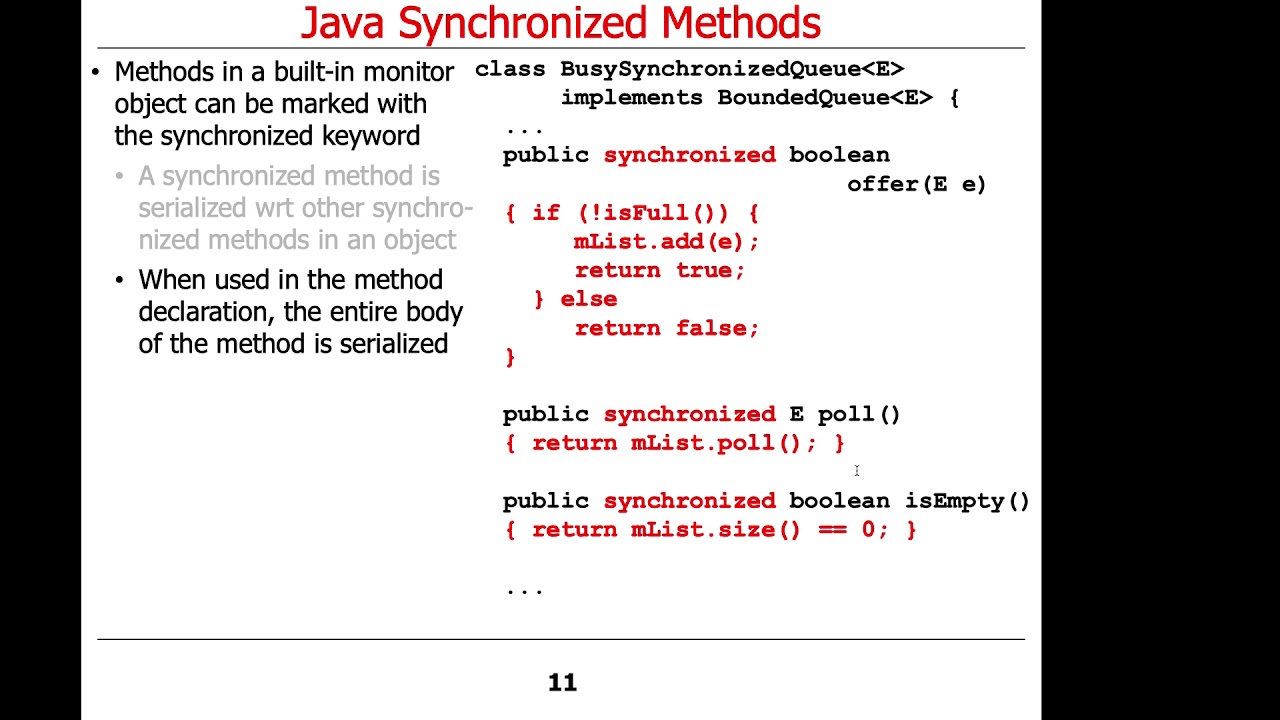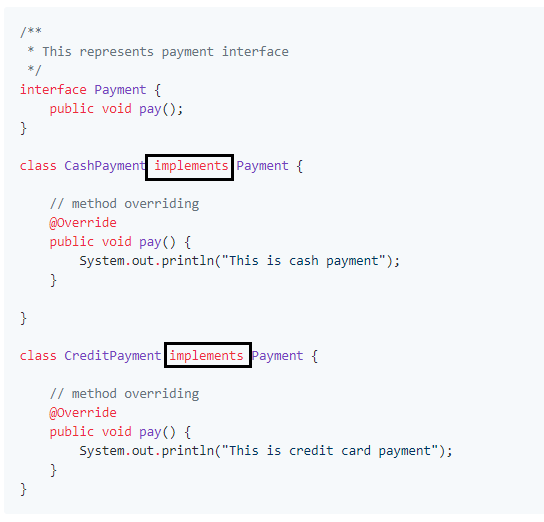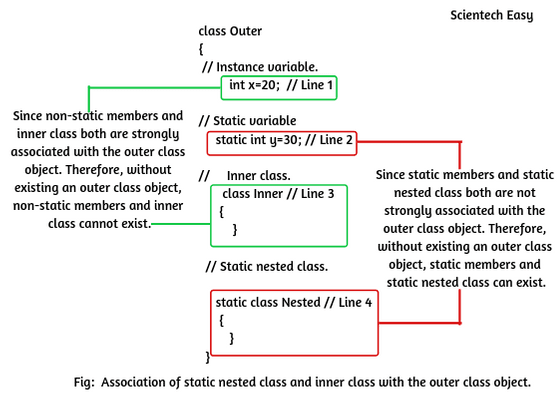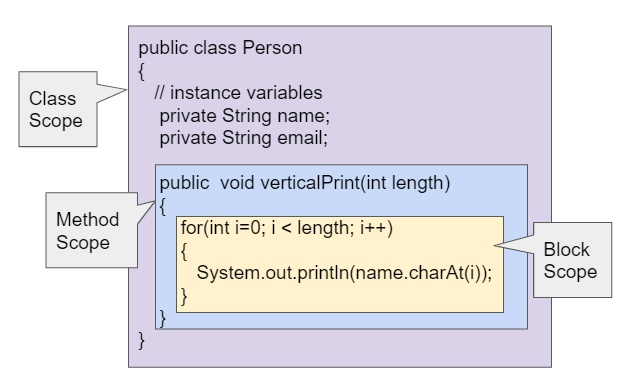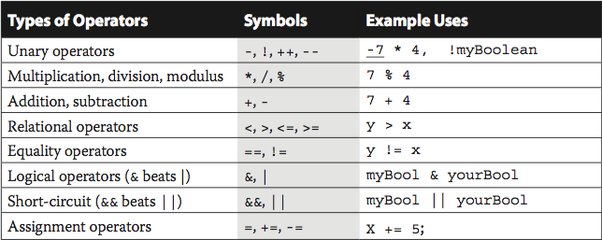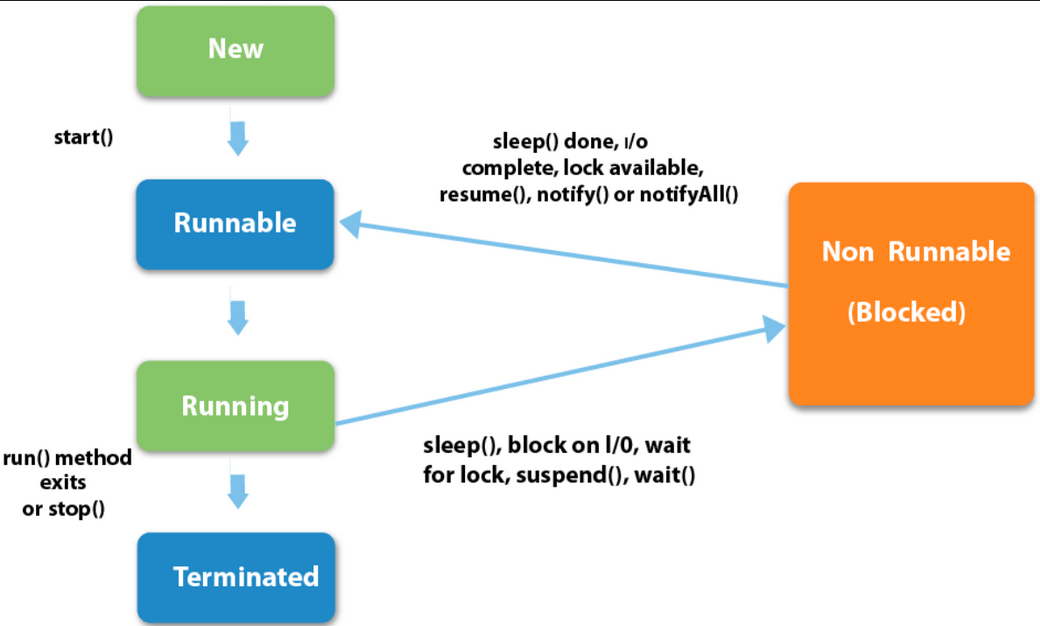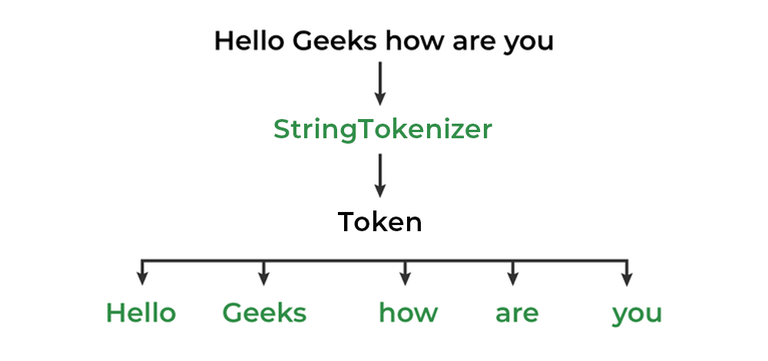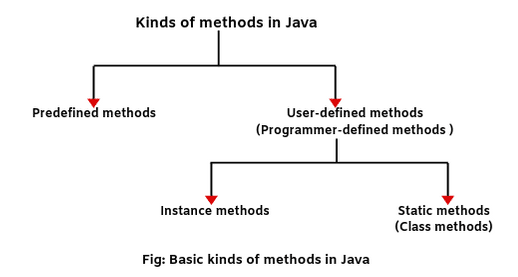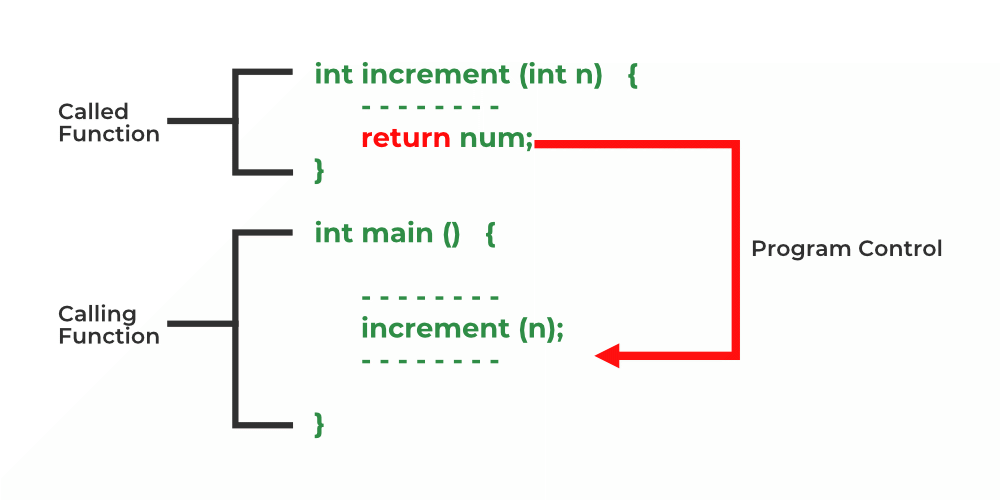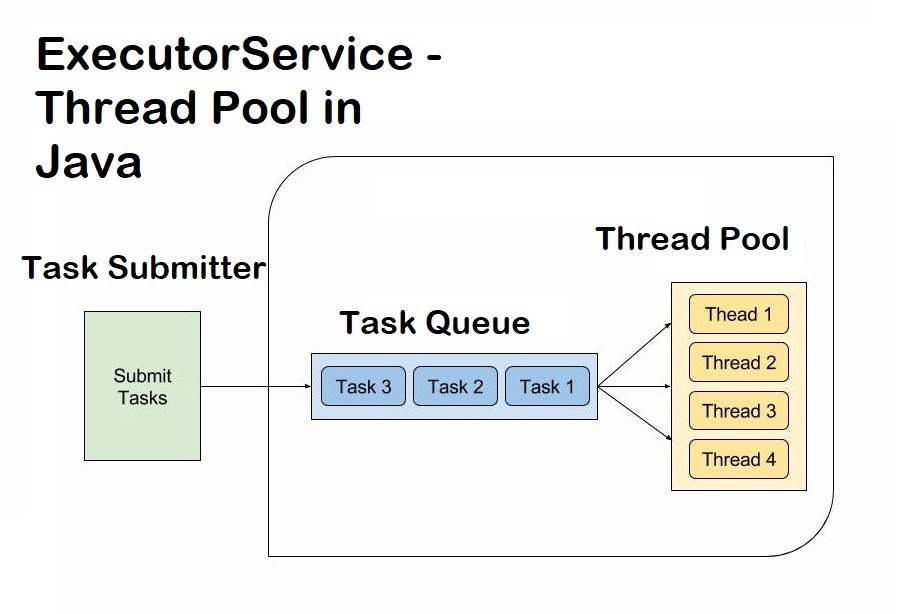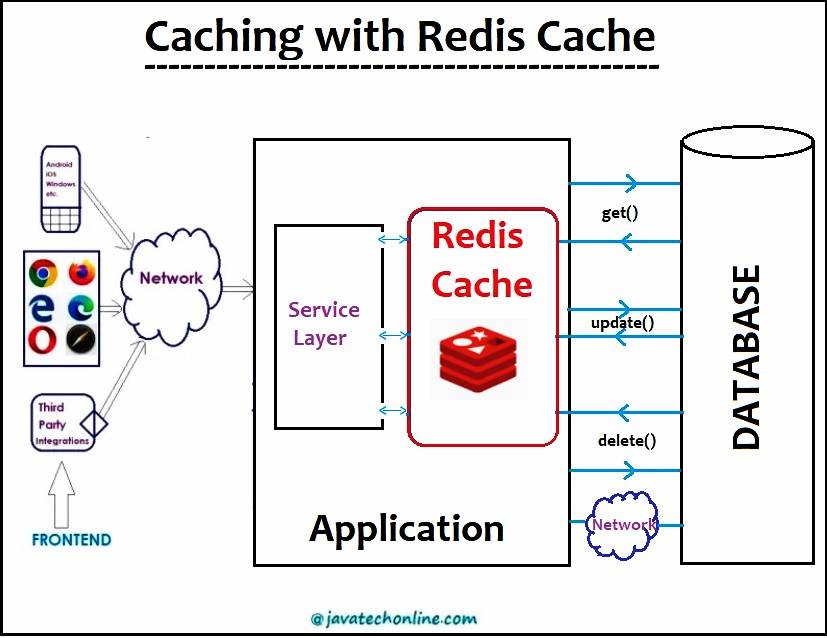How does authentication work in Java Spring Boot?
How does authentication work in Java Spring Boot?

Authentication is the process of verifying the identity of users and ensuring they are who they claim to be. In a Java Spring Boot application, authentication is typically handled through the use of an Authentication Framework, which provides the necessary tools and functionality for managing user identities.
Spring Security is one such framework that provides comprehensive support for authentication and authorization in Spring-based applications. It integrates seamlessly with Spring Boot and allows developers to easily implement various authentication schemes.
Here's a high-level overview of how authentication typically works in Java Spring Boot using Spring Security:
User Registration: When a user registers, their account information is stored in the database (e.g., username, password, email address). Login Request: When a user attempts to log in, they submit their credentials (username and password) to the application. Authentication Filter: The login request is passed through an authentication filter, which checks if the request contains valid credentials. If it does, the filter triggers the authentication process. UserDetailsService: The application then retrieves the user details from the database using a UserDetailsService implementation. PasswordEncoder: The password submitted by the user is compared with the hashed password stored in the database using a PasswordEncoder. This ensures that the entered password matches the one on record. AuthenticationManager: If the passwords match, the application creates an Authentication object and passes it to the AuthenticationManager. The manager then attempts to authenticate the user using the provided credentials. Successful Authentication: Upon successful authentication, the application generates a SecurityContext for the authenticated user and stores relevant information such as the user's roles, permissions, and other relevant data. Authorization: Finally, the application uses this SecurityContext to enforce authorization rules, ensuring that the user has the necessary permissions to access specific resources.Spring Security provides various authentication schemes, including:
Username/Password-based authentication OAuth/OpenID Connect-based authentication (for social media logins) Form-based authentication Basic/Digest Authentication and moreBy leveraging Spring Security's rich set of features and APIs, developers can easily implement robust authentication mechanisms in their Java Spring Boot applications.
In addition to the above steps, there are several other important considerations for implementing secure authentication in a Java Spring Boot application:
Secure password storage: Hashing and salting passwords is crucial to prevent unauthorized access. Spring Security provides built-in support for various password encoding algorithms. Session management: Managing user sessions securely is essential to ensure that users' identities remain intact. Spring Security provides features like session timeouts, invalidation, and refresh mechanisms to help manage this process.By combining these best practices with the power of Spring Security, you can create robust authentication mechanisms in your Java Spring Boot applications that keep your users' identities secure.
Authentication java spring boot github

Authentication in Java Spring Boot using GitHub is a popular way to secure your application. Here's a detailed explanation of the process:

Step 1: Setting up GitHub OAuth
To use GitHub OAuth for authentication, you need to register your application on GitHub. Go to the GitHub Developer Settings and create a new OAuth application. You'll be given a Client ID and Client Secret, which are used to authenticate your users.
Step 2: Adding GitHub OAuth dependencies
In your Java Spring Boot project, add the following dependencies to your pom.xml file (if you're using Maven) or build.gradle file (if you're using Gradle):
org.springframework.boot
spring-boot-starter-security
com.github.openfga
openfgauth
1.2.0
dependencies {
implementation 'org.springframework.boot:spring-boot-starter-security'
implementation 'com.github.openfga:openfgauth:1.2.0'
}
Step 3: Configuring GitHub OAuth in Spring Boot
Create a configuration file (e.g., application.properties) and add the following configurations:
spring:
security:
oauth2:
client:
registration:
github:
client-id: YOUR_CLIENT_ID
client-secret: YOUR_CLIENT_SECRET
authorization-grant-type: authorization_code
redirect-uri-template: '{baseUrl}/login/oauth2/code/{registrationId}'
provider:
github:
authorization-uri: https://github.com/login/oauth/authorize
token-uri: https://github.com/login/oauth/access_token
user-info-uri: https://github.com/user
Replace YOUR_CLIENT_ID and YOUR_CLIENT_SECRET with the values you got from the GitHub Developer Settings.
Step 4: Creating a Custom UserDetailsService
Create a custom UserDetailsService to retrieve user information from GitHub:
import org.springframework.security.core.userdetails.UserDetails;
import org.springframework.security.core.userdetails.UserDetailsService;
import org.springframework.security.oauth2.client.registration.Registration;
import org.springframework.security.oauth2.client.registration.RegisteredClientProvider;
import org.springframework.security.oauth2.client.registered.service.ClientRegisteredServiceOAuth2AuthorizedAppService;
public class GitHubUserDetailsService implements UserDetailsService {
private final RegisteredClientProvider registeredClientProvider;
public GitHubUserDetailsService(RegisteredClientProvider registeredClientProvider) {
this.registeredClientProvider = registeredClientProvider;
}
@Override
public UserDetails loadUserByUsername(String username) throws UsernameNotFoundException {
// Retrieve user information from GitHub using the client ID and access token
ClientRegisteredServiceOAuth2AuthorizedAppService service = registeredClientProvider.getRegistration("github").get().getAuthorizedGrantTypeAuthorizationCodeWebApplication()
.orElseThrow(() -> new UsernameNotFoundException("GitHub OAuth not configured"));
// Use the user information to create a Spring Security user object
return new User(username, null, true);
}
}
Step 5: Securing Your Application
Finally, secure your application by configuring the WebSecurity configuration:
import org.springframework.boot.autoconfigure.security.oauth2.client.OAuth2ClientProperties;
import org.springframework.security.config.web.FilterInvocationSecurityMetadataSource;
import org.springframework.security.config.annotation.WebSecurityConfigurerAdapter;
public class SecurityConfig extends WebSecurityConfigurerAdapter {
@Override
protected void configure(HttpSecurity http) throws Exception {
http.authorizeRequests()
.antMatchers("/login/oauth2/code/**").permitAll()
.anyRequest().authenticated();
}
}
This is a basic example of how to use GitHub OAuth for authentication in Java Spring Boot. You may need to customize the configuration and code to fit your specific requirements.
Additional Tips
Make sure you have the necessary dependencies and configurations in place. Handle errors properly, such as invalid credentials or rate limit exceeded. Implement additional security features, such as token blacklisting or revocation. Consider using a more robust user information retrieval mechanism than the example provided.